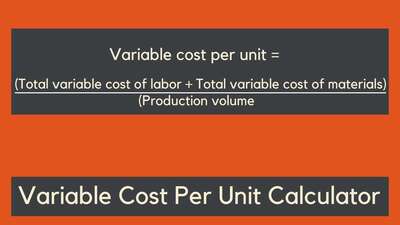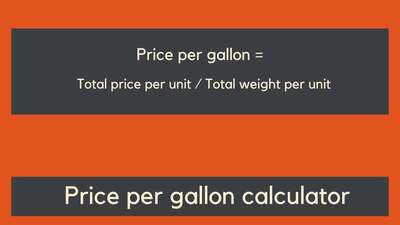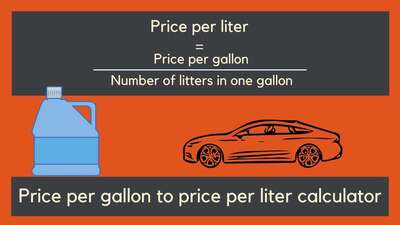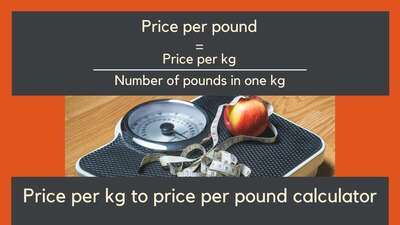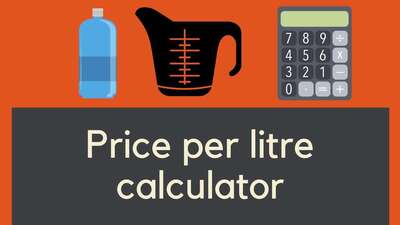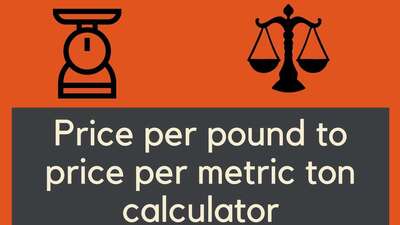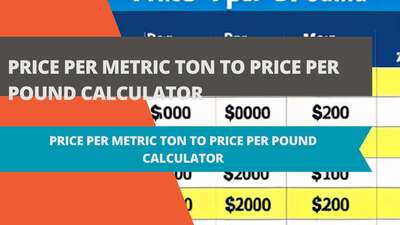Mutual Fund Calculator

- Mutual Fund Calculator Definition
- Mutual Fund Calculator formula
- Mutual Fund Calculator examples 20000$
- Mutual Fund Calculator explanation
- The Anatomy of Mutual Funds: Components and Structure
- Understanding the Risk-Reward Spectrum:
- Metrics to Consider:
- Other Indicators:
- Diversification as a Strategy:
- The Essence of Diversification:
- Key Benefits of Diversification:
- Diversification in Mutual Funds:
- Limits to Diversification:
- Mutual Fund Calculator FAQ
Mutual Fund Calculator Definition
A mutual fund calculator is a financial tool used to estimate the potential returns of investing in a mutual fund. Mutual funds are investment vehicles that pool money from multiple investors to purchase a diversified portfolio of stocks, bonds, or other securities.
A mutual fund calculator takes into account factors such as the initial investment amount, the expected rate of return, and the length of the investment term to calculate the potential future value of the investment.
These calculators are useful for investors looking to compare the potential returns of different mutual funds or to estimate how much they would need to invest in order to reach a specific financial goal. However, it is important to note that mutual fund calculators are only estimates and actual returns may vary depending on market conditions and other factors.
Mutual Fund Calculator formula
A mutual fund calculator formula is a mathematical equation used to calculate the potential returns of a mutual fund investment. The formula typically takes into account the initial investment amount, the expected rate of return, and the length of the investment term.
The most commonly used formula for calculating mutual fund returns is the compound interest formula. This formula calculates the future value of an investment by multiplying the initial investment amount by one plus the rate of return raised to the power of the investment term.
For example, if an investor invests $10,000 in a mutual fund with an expected rate of return of 7% for 10 years, the future value of the investment can be calculated using the compound interest formula as follows: Future Value = $10,000 x (1 + 0.07) ^ 10 = $19,671.56. It is important to note that this is only an estimate and actual returns may vary depending on market conditions and other factors.
Mutual Fund Calculator examples 20000$
A mutual fund calculator can be a useful tool for investors looking to estimate the potential returns on a $20,000 investment in a mutual fund. Using a mutual fund calculator, an investor can input the initial investment amount, expected rate of return, and investment term to generate an estimated future value.
For example, if an investor invests $20,000 in a mutual fund with an expected rate of return of 8% for a 10-year investment term, the mutual fund calculator can estimate that the future value of the investment will be approximately $46,610.
Alternatively, if an investor has a specific financial goal, such as saving for a child's education or a down payment on a home, they can use a mutual fund calculator to determine the required investment amount and investment term to reach their goal. However, it's important to keep in mind that mutual fund calculators are only estimates and actual returns may vary depending on market conditions and other factors. Therefore, investors should also consult with a financial advisor before making any investment decisions.
Mutual Fund Calculator explanation
A mutual fund calculator is a financial tool that helps investors estimate the potential returns on their mutual fund investments. The calculator typically requires input of the initial investment amount, expected rate of return, and investment term to generate an estimated future value.
The expected rate of return is an estimate of the average annual return that the mutual fund is likely to provide over the investment term. The investment term is the period of time during which the investor plans to hold the mutual fund investment. The mutual fund calculator uses these inputs to estimate the potential future value of the investment based on a compound interest formula.
This formula takes into account the initial investment amount, the expected rate of return, and the investment term to calculate the future value of the investment. However, it's important to remember that mutual fund calculators are only estimates and actual returns may vary depending on market conditions and other factors. Therefore, it's always a good idea to consult with a financial advisor before making any investment decisions.
The Anatomy of Mutual Funds: Components and Structure
Mutual funds are often hailed as one of the most popular investment vehicles, providing an avenue for investors to pool their resources together and invest in a diversified portfolio. However, to fully appreciate the utility and potential of mutual funds, one needs to understand its intricate components and structure.
Selection of Securities:
At the heart of every mutual fund lies the pool of securities it invests in. This can range from equities and bonds to money market instruments and commodities. The selection is based on the fund's objectives. For instance, an equity fund will predominantly invest in stocks, while a bond fund will focus on corporate or government bonds. The portfolio manager, with the assistance of a research team, meticulously selects these securities, aiming to generate maximum returns in line with the fund's strategy and risk tolerance.
Management Strategies:
Different funds employ varied management strategies. Two of the most common are active and passive management. In active management, the fund manager makes deliberate investment decisions to outperform a benchmark index. This involves continuous research, analysis, and adjustments to the portfolio. Conversely, in passive management, the fund simply aims to replicate the performance of a benchmark index, like the S&P 500, leading to lower transaction costs and management fees.
Net Asset Value (NAV):
An essential component of mutual funds is the Net Asset Value (NAV). This represents the value of one share in a mutual fund, and it's calculated daily based on the total value of the fund's assets minus its liabilities. The NAV provides a clear picture of the fund's performance and is the price at which investors buy and sell mutual fund shares.
Expense Ratios:
All mutual funds incur costs, including management fees, administrative expenses, and distribution fees. These costs are aggregated and represented as a percentage of the fund's average assets, known as the expense ratio. It's crucial for investors to be aware of these fees, as they can significantly impact returns over time.
Share Classes:
Many mutual funds offer different share classes, each with its own fee structure and minimum investment requirement. Common share classes include Class A (front-end load), Class B (back-end load), and Class C (level-load). The choice between these depends on the investor's investment horizon and the amount they wish to invest.
In conclusion, mutual funds are a complex blend of strategies, decisions, and structures. By understanding each component, investors can make informed choices that align with their financial goals and risk appetite.
Risk vs. Reward: Evaluating Mutual Fund Investments In the world of investments, mutual funds are often perceived as a balanced option that offers diversification. However, like all investment avenues, they come with their own set of risks and rewards. Striking the right balance between these two facets is crucial for investors aiming to achieve their financial objectives.
Understanding the Risk-Reward Spectrum:
The risk-reward spectrum is a fundamental concept in investing. Essentially, it dictates that the potential return on an investment is directly proportional to the risk associated with it. Mutual funds that invest predominantly in equities or stocks, for instance, tend to be on the higher end of the risk spectrum but also offer the possibility of higher returns. Conversely, debt or money market funds are generally perceived as lower risk but may provide comparatively modest returns.
Metrics to Consider:
- Standard Deviation: This metric offers insights into a fund's volatility. A higher standard deviation indicates that the fund's returns have fluctuated more significantly over a given period, signaling higher risk.
- Beta: It measures a fund's sensitivity to market movements. A beta greater than 1 indicates that the fund is more volatile than the market, while a beta less than 1 signifies less volatility.
- Sharpe Ratio: This ratio calculates the average return earned in excess of the risk-free rate per unit of volatility. A higher Sharpe ratio indicates better risk-adjusted performance.
Other Indicators:
Beyond quantitative metrics, it's essential to consider other factors, such as the fund's investment objective, its portfolio composition, and the track record of the fund manager. These qualitative indicators can provide valuable context about the fund's risk profile.
Diversification as a Strategy:
One of the primary reasons investors turn to mutual funds is the inherent diversification they offer. By investing in a broad array of securities, mutual funds can mitigate some of the risks associated with individual assets. This doesn't eliminate risk but spreads it across various investments.
The Essence of Diversification:
At its core, diversification is the practice of spreading investments across multiple securities or asset classes to reduce the risk associated with any single asset's adverse movement. Think of it as the financial equivalent of the adage "don't put all your eggs in one basket."
Key Benefits of Diversification:
- Risk Reduction: The primary benefit of diversification is risk mitigation. By holding a mix of assets, the negative performance of a few investments can be counterbalanced by the positive performance of others.
- Potential for Enhanced Returns: Diversified portfolios can tap into multiple sectors, industries, or regions, some of which might outperform others, leading to potentially enhanced overall returns.
- Access to Multiple Asset Classes: Mutual funds offer investors an opportunity to invest in a blend of equities, bonds, commodities, and more, all within a single fund.
- Protection Against Volatility: A well-diversified portfolio tends to be less susceptible to market volatility than a concentrated one, offering more stability to investors.
Diversification in Mutual Funds:
Mutual funds inherently offer diversification since they pool together money from various investors to invest in a broad spectrum of securities. Depending on the fund's objective, it might invest across sectors, market caps, regions, or even countries. This makes mutual funds especially suitable for investors seeking diversification without the need to handpick numerous individual securities.
Limits to Diversification:
While diversification is a powerful tool, it's crucial to recognize its limitations. Diversification reduces company-specific or unsystematic risk, but it cannot eliminate market-wide or systematic risk. Events affecting the entire market, like broad economic downturns, can impact diversified portfolios as well.
Mutual Fund Calculator FAQ
Mutual fund calculators are financial tools that help investors estimate the potential returns on their mutual fund investments. Here are some frequently asked questions about mutual fund calculators:
-
What is a mutual fund calculator? A mutual fund calculator is a tool that helps investors estimate the potential future value of their mutual fund investment based on the initial investment amount, expected rate of return, and investment term.
-
How do I use a mutual fund calculator? To use a mutual fund calculator, you need to input the initial investment amount, expected rate of return, and investment term. The calculator will then estimate the potential future value of the investment based on these inputs.
-
Are mutual fund calculators accurate? Mutual fund calculators are only estimates and actual returns may vary depending on market conditions and other factors. However, they can be useful in providing investors with an idea of the potential returns on their investments.
-
What are the advantages of using a mutual fund calculator? The main advantage of using a mutual fund calculator is that it helps investors estimate the potential future value of their investments, which can help with investment planning and decision-making.
-
Can I use a mutual fund calculator for any type of mutual fund? Yes, mutual fund calculators can be used for any type of mutual fund, whether it's an equity mutual fund, debt mutual fund, or hybrid mutual fund.
-
Should I consult with a financial advisor before using a mutual fund calculator? It's always a good idea to consult with a financial advisor before making any investment decisions, including using a mutual fund calculator. A financial advisor can help you understand your investment goals and risk tolerance, and can provide personalized investment advice.
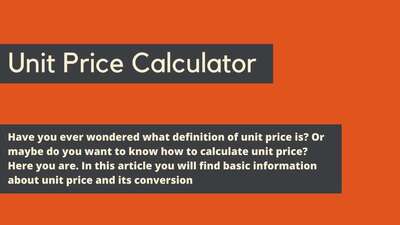




![Car Loan Calculator: Definition, Formula, Examples, and FAQs [2023 Guide]](/images/page/400/car-loan-calculator-13.jpg)










